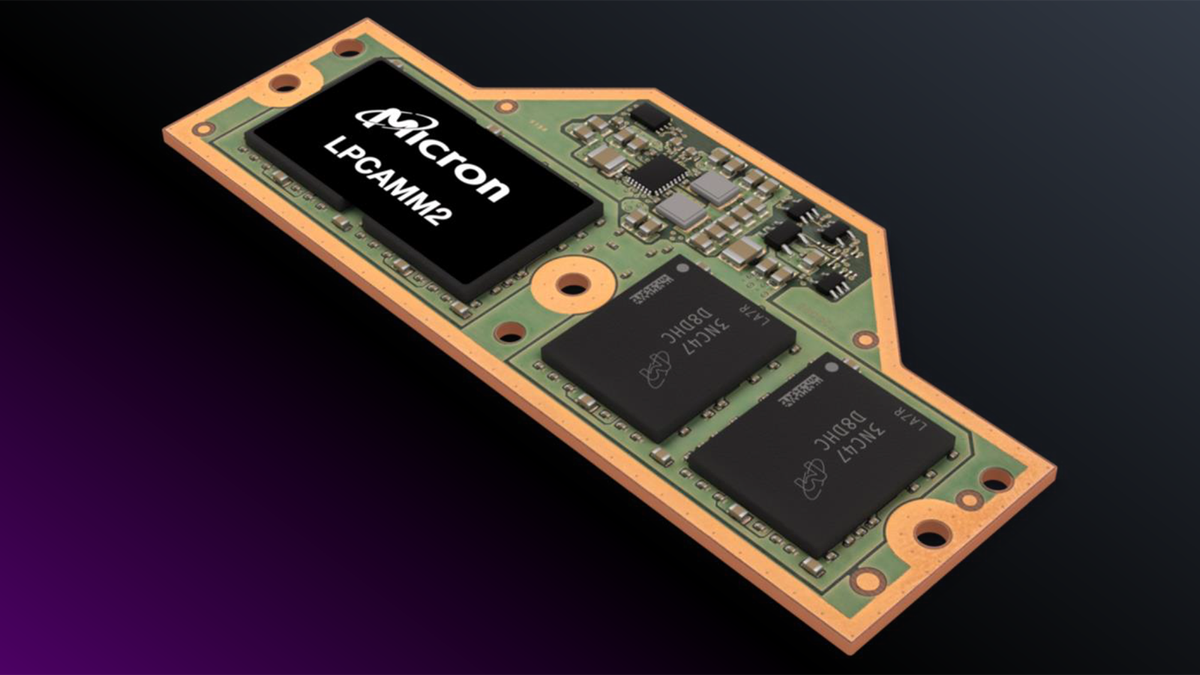It is slimmer and lighter compared to traditional notebook RAM, and unlike soldered memory, it can be upgraded.
The realm of laptop RAM is encountering a dilemma. The SODIMM standard, essentially a downsized version of desktop RAM modules, is nearly a quarter-century old and is approaching a speed barrier. In response to the demand for thinner laptops, manufacturers have started soldering LPDDR RAM directly onto motherboards or incorporating it into mobile SoCs like Apple Silicon, rendering upgrades impossible. At CES 2024 in Las Vegas, Micron claims to be the first to introduce a compelling alternative: LPCAMM2 RAM modules utilizing LPDDR5X.
While it may seem like an acronym-heavy description, Micron’s technology, along with other CAMM2 offerings, could potentially revolutionize laptop memory upgrades. This revelation follows the official publication of the CAMM2 standard by the JEDEC standards body in December, with Samsung having previously announced an LPCAMM module in September.
However, the journey to LPCAMM involved collaboration, with Dell recognizing the need for a fresh approach to RAM designs. Over the past few years, Dell has been developing an in-house alternative to SODIMMs, named CAMM, or Compression Attached Memory Module. Unlike traditional memory sticks, CAMM positions memory chips on a module that screws into a PC’s motherboard. The result is memory that occupies significantly less space and has the potential for increased speed and efficiency, thanks to shorter traces to the CPU. Dell tested non-standard CAMM modules on the Precision 7670 in 2022, sparking some internet buzz.
Micron asserts that its modules with LPDDR5X RAM (available in 16GB to 64GB) occupy 64 percent less space than SODIMM memory, consume 61 percent less power, and exhibit a 71 percent improvement in PCMark 10 essential workloads. The CAMM2 standard supports DDR5 for mainstream machines and LPDDR5/5X for a broader range of notebooks and specific server market segments, as per JEDEC. LPDDR has been more prevalent in laptops due to its ability to provide high-speed data transfers at low power levels.
Beyond the speed and power advantages, CAMM2 modules reintroduce the possibility of RAM upgrades and repairability for consumers and IT professionals—a feature lost with the prevalence of soldered memory. Despite the inconvenience of dealing with multiple screws during module swaps, the potential for upgrades outweighs this minor drawback, making RAM more secure than traditional SODIMMs. As an IT worker, the memory reseating routine becomes a thing of the past, and even though Apple’s latest MacBooks are admired, their inability to accommodate additional RAM prevents them from achieving true perfection.





